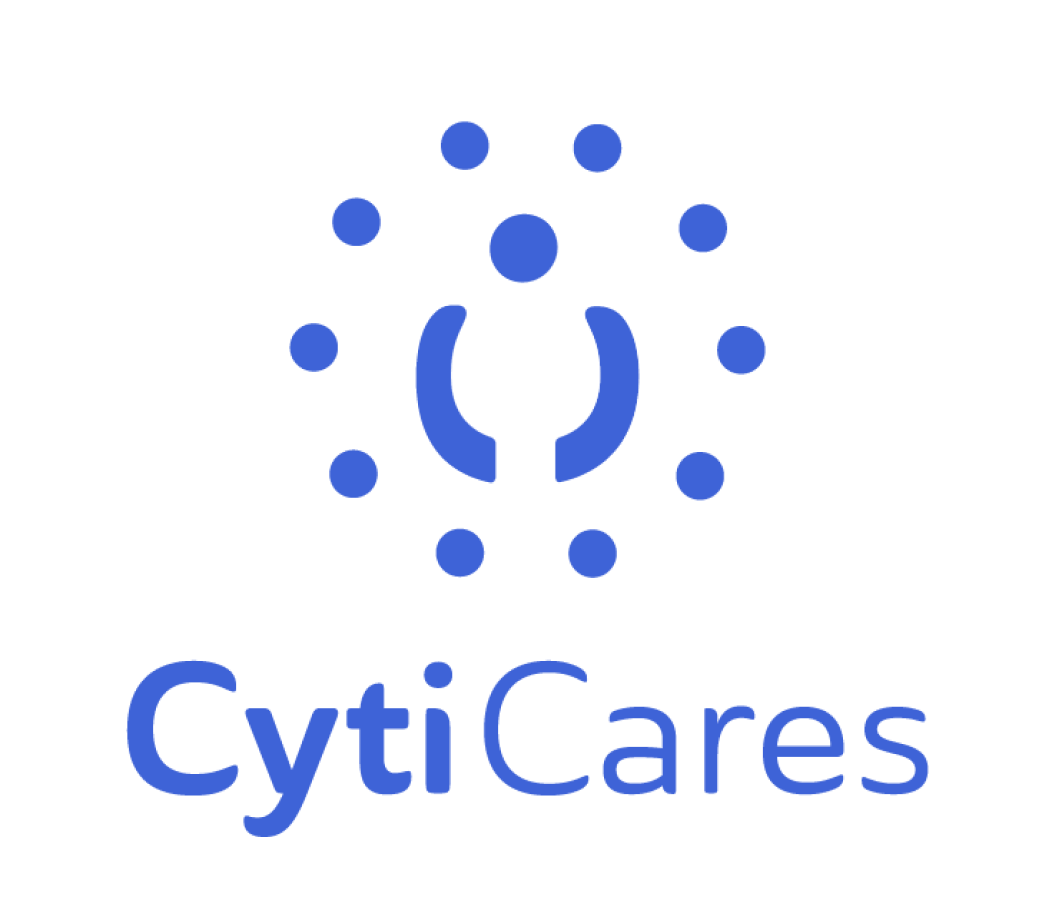As the days grow shorter and the nights longer, many people experience a shift in their mood and energy levels, often due to the end of daylight saving time in the fall, when clocks are set back an hour, resulting in fewer daylight hours. This change can trigger seasonal affective disorder (SAD), a specific type of depression influenced by the changing seasons and diminishing daylight hours. Here are several strategies to cope with the challenges posed by time change and daylight hour reduction, as well as ways to combat SAD effectively especially when DST sets in.
One of the fundamental strategies in coping with the challenges posed by time change and reduced daylight hours involves adhering to a consistent routine. This encompasses maintaining a regular sleep schedule, even on weekends. The importance of this cannot be overstated. Our bodies operate on internal clocks, and disrupting this delicate balance can wreak havoc on our mental well-being. When the world outside is changing, a stable routine provides a sense of predictability and control.
Abrupt time changes and our body’s circadian rhythm
Exposure to natural light emerges as a crucial factor in regulating our body’s circadian rhythm, which can be significantly disrupted by the abrupt time change. Spending time outdoors during the day becomes a therapeutic activity, even if it’s just a short walk. Sunlight, or even daylight on a cloudy day, has a remarkable impact on our mood and energy levels. It triggers the brain to produce serotonin, a neurotransmitter often associated with feelings of well-being and happiness. The significance of this natural remedy cannot be overstated.
Regular physical activity helps
Regular physical activity, especially during the darker months, proves to be a powerful tool in combating the symptoms of SAD. Exercise, for at least 30 minutes on most days of the week, stimulates the production of endorphins, our body’s natural stress relievers. It enhances our overall mood and energy levels, acting as a natural antidote to the lethargy often experienced during depressive episodes. Exercise also improves the quality of sleep, which is frequently disrupted during the time change period. The benefits are not merely physical; they extend to our psychological well-being, making exercise a holistic approach to managing SAD.
Ensuring good sleep hygiene becomes paramount when combating the challenges posed by time change. The quality of sleep is intimately connected with our mental health. Ensuring the bedroom is a conducive environment for rest – cool, dark, and quiet – sets the stage for a restful night. Additionally, the blue light emitted by electronic devices disrupts the production of melatonin, a hormone responsible for regulating sleep. Hence, it is advisable to refrain from using electronic devices before bedtime, allowing our bodies to naturally wind down, preparing for a rejuvenating sleep.
Light therapy
In recent years, light therapy has emerged as a highly effective treatment for SAD. This therapy involves exposure to bright, artificial light, mimicking natural sunlight. The light emitted by these devices positively impacts the brain, regulating the production of neurotransmitters and hormones, thus alleviating the symptoms of depression. Consulting a healthcare professional can provide valuable insights into whether light therapy might be a suitable option.
When it comes to combating the profound effects of SAD, seeking professional help is indispensable. Consulting a doctor is the first step in understanding the condition and formulating an appropriate treatment plan. The symptoms of SAD often overlap with those of other forms of depression. Hence, it’s crucial to obtain a definitive diagnosis to tailor the treatment accordingly. Talking to a mental health professional can provide profound insights into the condition, offering coping mechanisms and strategies that are specifically tailored to the individual. One such therapy, cognitive-behavioral therapy (CBT), has proven particularly effective in treating SAD. It assists individuals in recognizing negative thought patterns and equips them with coping strategies to navigate through the challenging periods. SAD can even lead to divorce.
Medication
In some cases, medication might be recommended. Antidepressant medications can significantly alleviate the symptoms of SAD, helping individuals regain control over their lives. The decision to prescribe medication is a nuanced one and should be made after a thorough evaluation by a healthcare provider. Medications, when combined with therapy, can provide a multifaceted approach, tackling the symptoms from both physiological and psychological angles.
Light boxes, emitting bright artificial light, have garnered attention as a powerful tool in managing SAD. These devices are designed to simulate natural sunlight and have demonstrated considerable success in alleviating the symptoms of depression. However, their usage should be under the guidance of a healthcare provider, ensuring the correct intensity and duration to maximize the therapeutic effects.
Self-care
Self-care practices emerge as an essential component in the holistic management of SAD. Taking care of one’s physical health through a balanced diet, regular exercise, and adequate sleep lays a robust foundation for mental well-being. These elements are interconnected; physical health profoundly influences mental health, and nurturing the body paves the way for a resilient mind.
Social connections
Social connections play a pivotal role in our mental health. Spending quality time with loved ones, engaging in activities that bring joy, and fostering meaningful relationships provide emotional support and a sense of belonging. During the darker months, when the temptation to withdraw is strong, nurturing these connections becomes even more crucial. Isolation exacerbates the symptoms of depression, making social interactions a potent antidote to the profound sense of loneliness that often accompanies SAD.








